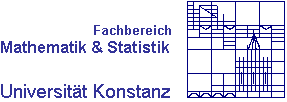

| |
 |
 |
|
|
Modeling of biological age
Although ageing is a complex and highly multi-causal process, an intuitive notion of actual age or biological age exists. In fact, with a little experience, we can guess the age of a person based on the visual appearance. If the guessed age is considerably away from the chronological age, we would be inclined to say that the person is biologically older or younger. This intuitive assessment influences our behavior. For example, our readiness to help is higher if the person in need appears old because of the general experience that the physical and psychological resilience decreases with age. For similar reasons, we intuitively associate a higher risk to diseases if they affect old people. However, if we focus on more specific questions, for example whether a person is fit for driving a car, the general age assessment is too coarse and we would concentrate more on specific abilities like vision, alertness, etc. than on age spots or hair loss. All these basic observations carry over if we assess the age of a person more objectively using various scientific measurements instead of subjective guessing. For certain purposes it may be reasonable to summarize the measurements into a single quantity called biological age but for many specific questions it is necessary to have a more detailed view on the state of the organism. In this project, we analyze the biomarker data collected in MARK AGE with respect to the usefulness for the prediction of biological age. One goal is to select a suitable subset of the markers which is as small as possible but retains as much information as possible. The data analysis will be complemented by the development of mathematical models for aging systems following ideas already available in reliability theory. |